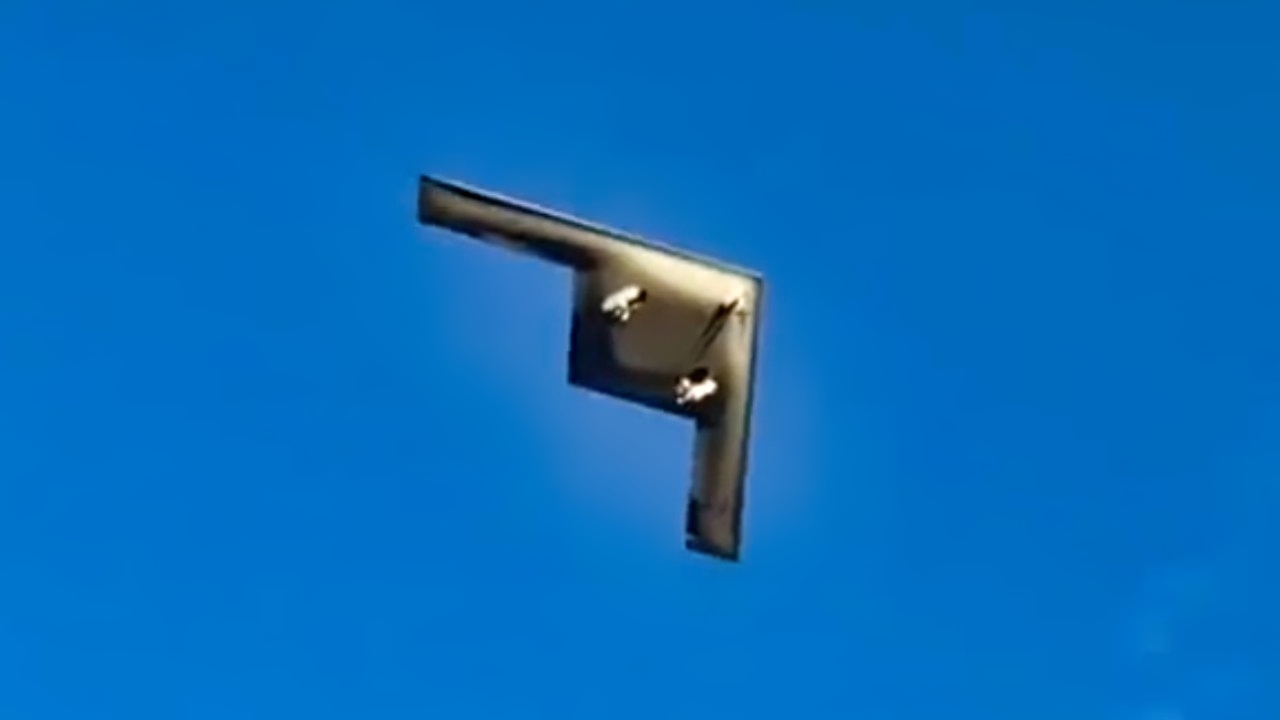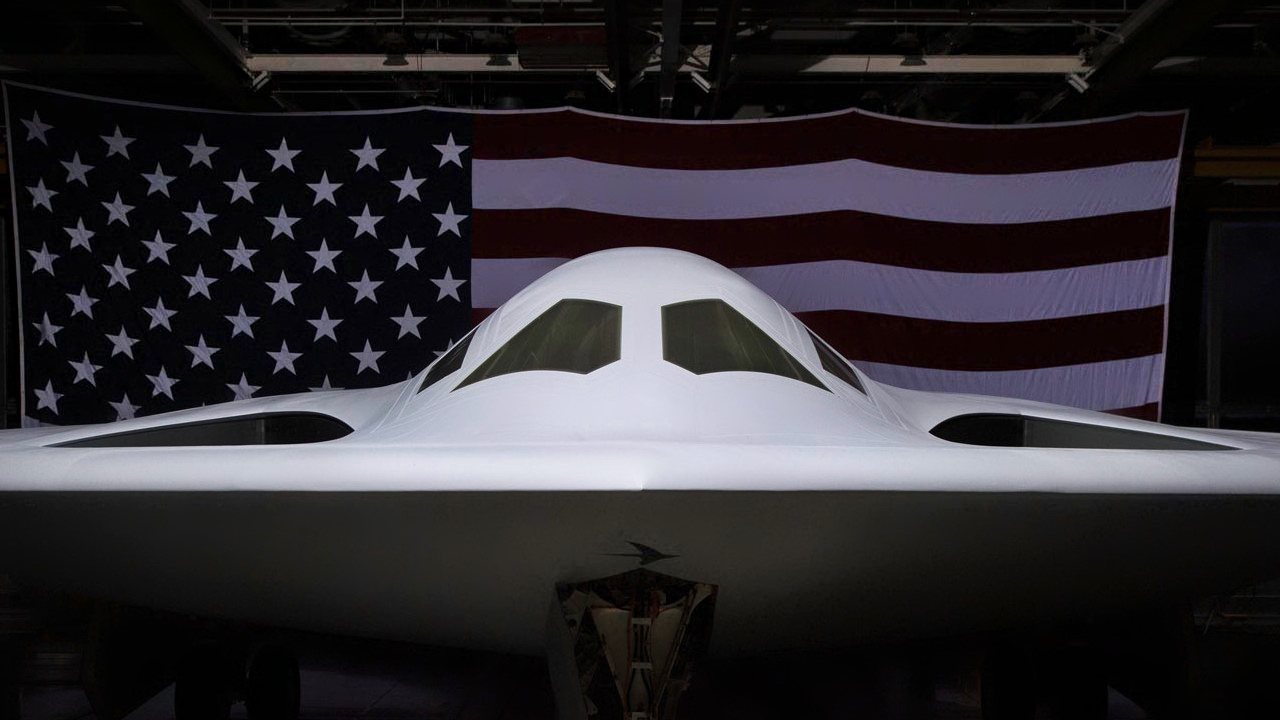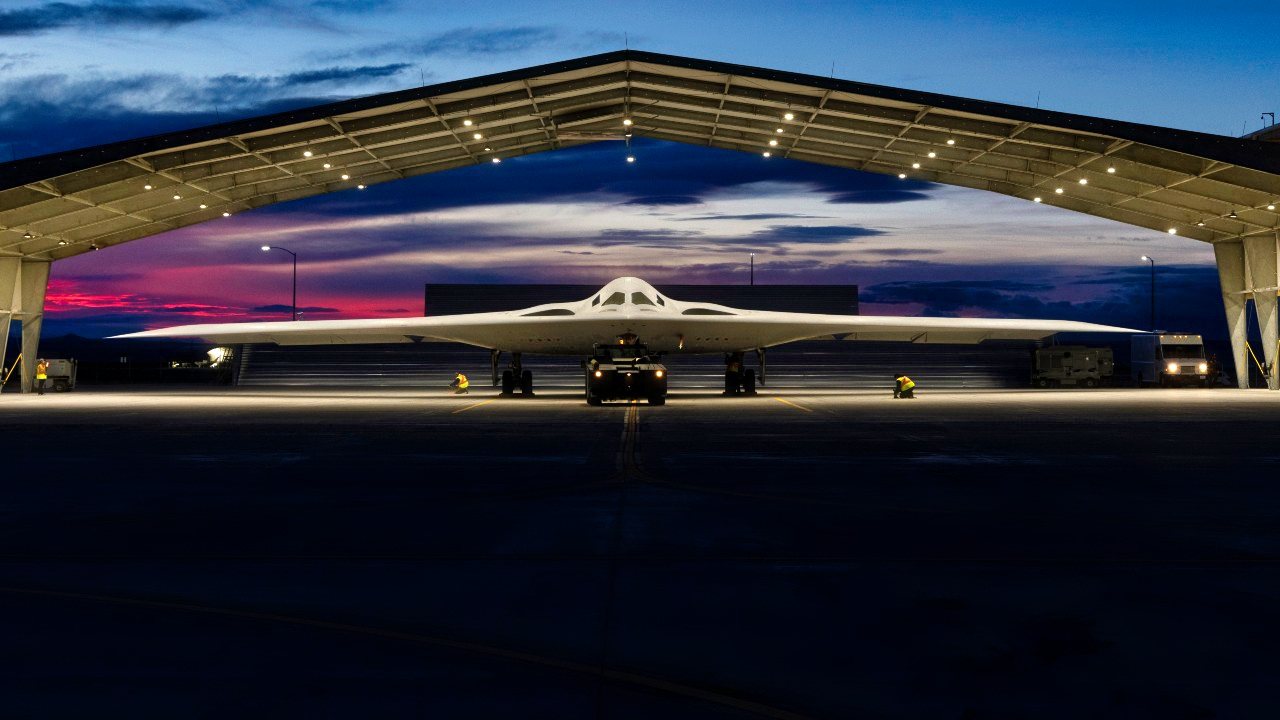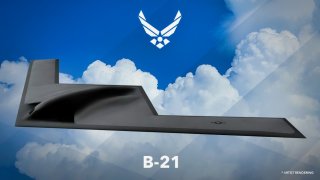B-21 Raider Bomber Has A Numbers Problem You Missed
A recent review has shown that the initial low-rate production budget for the B-21 Raider stealth bomber is 28 percent cheaper than expected, reducing the cost from $19.1 billion to $13.8 billion. This has raised interest in accelerating production beyond the anticipated 21 aircraft over the next five years.
What You Need to Know: A recent review has shown that the initial low-rate production budget for the B-21 Raider stealth bomber is 28 percent cheaper than expected, reducing the cost from $19.1 billion to $13.8 billion. This has raised interest in accelerating production beyond the anticipated 21 aircraft over the next five years.

The Numbers Problem: However, questions remain on whether such a limited number can provide the strategic impact needed, especially as defense officials consider reallocating finite resources to other military priorities.
-Northrop Grumman, the B-21’s manufacturer, is hopeful for an expanded order, but the program’s high costs continue to generate budgetary debate.
Did the B-21 Raider Just Get 28 Percent Cheaper?
The gods of procurement taketh away and then, suddenly, they giveth. That’s the word on the street about the Pentagon’s low-rate production budget for the B-21 Raider. This amazing new long-range stealth bomber is meant to replace the aging, paltry force of B-2 Spirit stealth bombers that the United States Air Force has had in its fleet for decades.
Those birds are getting up there in age and the Air Force desperately wants a long-range stealth bomber that can more reliably challenge the Chinese, who are working diligently to create a military that can box the Americans out of the Indo-Pacific.

Air Force planners hope that they can acquire at least 150 units of these birds. There’s just one problem. These highly advanced stealth bombers are expensive. And one of the reasons behind the low-rate production order was because the complexity of these birds would put undue strain on America’s already broken defense industrial base.
At that rate, the US was going to be lucky to get a couple dozen of these impressive warplanes.
Some Good News
A bit of good news about the cost of the B-21 has some in the Air Force rethinking their skepticism. A two-year study of the procurement of the B-21 shows that there’s been a 28 percent discount in the original cost.
At first, the Pentagon estimated they would spend $19.1 billion on the initial low-rate production order. Instead, the Pentagon has spent only $13.8 billion. This has gotten some defense officials to contemplate increasing their order.

Indeed, the plane’s maker, Northrop Grumman, is hoping that the Air Force would abandon its “deliberately slow production ramp-up” and add “potentially dozens of jets to the last three years of the low-rate initial production phase,” according to Aviation Week.
Of course, this is still a wildly expensive platform. And while the Air Force has vacillated from desiring 300 or 150 units of these birds, Aviation Week discovered a 2015 document from the Pentagon’s contract with Northrop Grumman indicating that the Air Force expected to obtain 21 B-21 bombers over a five-year period.
That would give the B-21 fleet just two more planes than what the B-2 Spirit Raider fleet has at its disposal.
B-21 Raider: Is This the Best Platform?
But for that money, it begs the question might those finite tax dollars be better spent on other, possibly cheaper defense priorities (or possible, not even on defense at all)?
What’s more, few are asking whether 21 of these planes, procured over the next five years, can actually have the kind of strategic impact its designers envision it having.
About the Author
Brandon J. Weichert, a National Interest national security analyst, is a former Congressional staffer and geopolitical analyst who is a contributor at The Washington Times, the Asia Times, and The-Pipeline. He is the author of Winning Space: How America Remains a Superpower, Biohacked: China’s Race to Control Life, and The Shadow War: Iran’s Quest for Supremacy. His next book, A Disaster of Our Own Making: How the West Lost Ukraine, is available for purchase wherever books are sold. Weichert can be followed via Twitter @WeTheBrandon.
Image Credit: Creative Commons.


